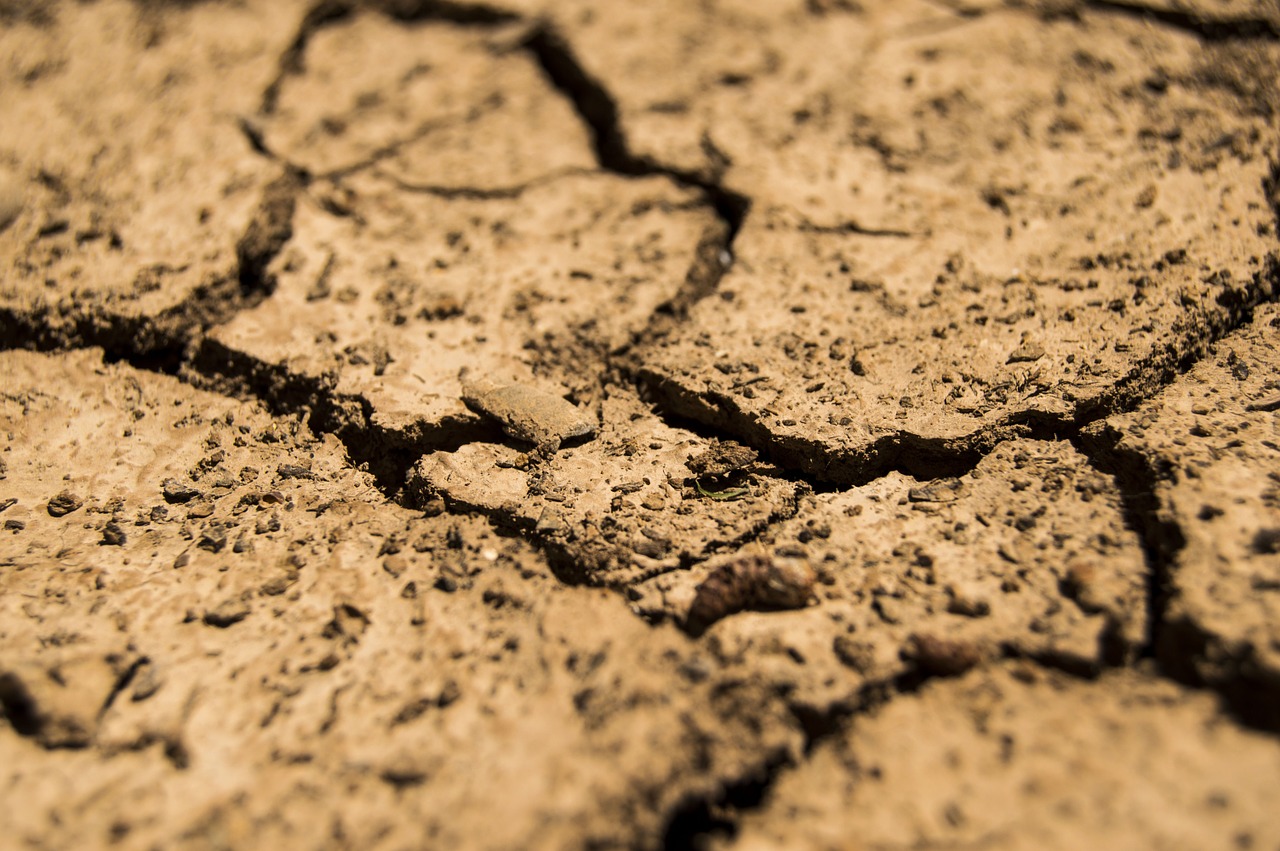Originally posted at the Public Policy Institute of CA.
By Ellen Hanak.
In a week that began with Governor Brown extending the statewide water conservation mandate into next year, a panel of experts testified about how to improve drought management. They spoke before the Assembly Select Committee on Water Consumption and Alternative Sources on November 17.
Nine experts covered a range of topics, including the state of our water infrastructure and management systems and options for improving water security as our climate becomes warmer.
Jay Lund, director of the UC Davis Center for Watershed Sciences and an adjunct fellow at the PPIC Water Policy Center, gave an overview of California’s complex water system and ways the drought has tested it. He noted the state suffered a water shortfall equivalent to three full Folsom reservoirs.
“We can’t drought-proof the state,” Lund said. “But we can do better in managing drought. In the future, there should be greater emphasis on improving our water markets and on storing more water in groundwater basins.”
I talked on key areas where we need to do better, as documented in our report What If California’s Drought Continues?:
- Cities and suburbs: The state’s urban areas have weathered the drought well so far. But we’ve boxed our water agencies in by making it hard for them to raise rates and requiring cost accounting that is too precise. This makes it more difficult to invest in options like capturing stormwater and recycling wastewater.
- Agriculture: Farmers increased groundwater pumping to make up for losses in surface water—a smart short-term thing to do. It can be smart for the long term too, as long as we get better at storing groundwater for drought years.
- Rural communities: Our most vulnerable populations suffered from drying wells in areas that already had water quality problems. There’s a need for more sustained investment in safe water for rural communities.
- Ecosystems: Our habitats and the animal life they support are in crisis from the dry, hot conditions. Wildfire risks are extreme, and many fish species are at risk of extinction. Rebuilding environmental resilience will be key to sustaining the state’s iconic biodiversity.
Noah Diffenbaugh, a climate scientist with the Stanford Woods Institute, described some risks that climate change brings to the state’s water systems. Warm years are becoming the norm, making droughts much harsher by shrinking the snowpack and drying out soils.
Peter Gleick, president of the Pacific Institute, talked about increasing conservation and prioritizing water investments. “We saved almost 800,000 acre-feet of water this summer. This is far more water than any of the proposed reservoirs would provide,” he said.
Buzz Thompson, director of the Stanford Woods Institute, talked about the role of technology in increasing California’s water security and resilience. “New technologies will be coming along in the next 5–20 years that will reduce our costs and give us more options. We need to do more to support them.”
The hearing also featured remarks from top administration officials, who described progress in implementing the governor’s Water Action Plan. An Israeli water expert shared that country’s experiences in wastewater recycling, desalination, and pricing to combat water scarcity.
The committee plans to hold additional hearings on water supplies and sources in the coming months.





